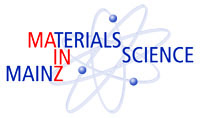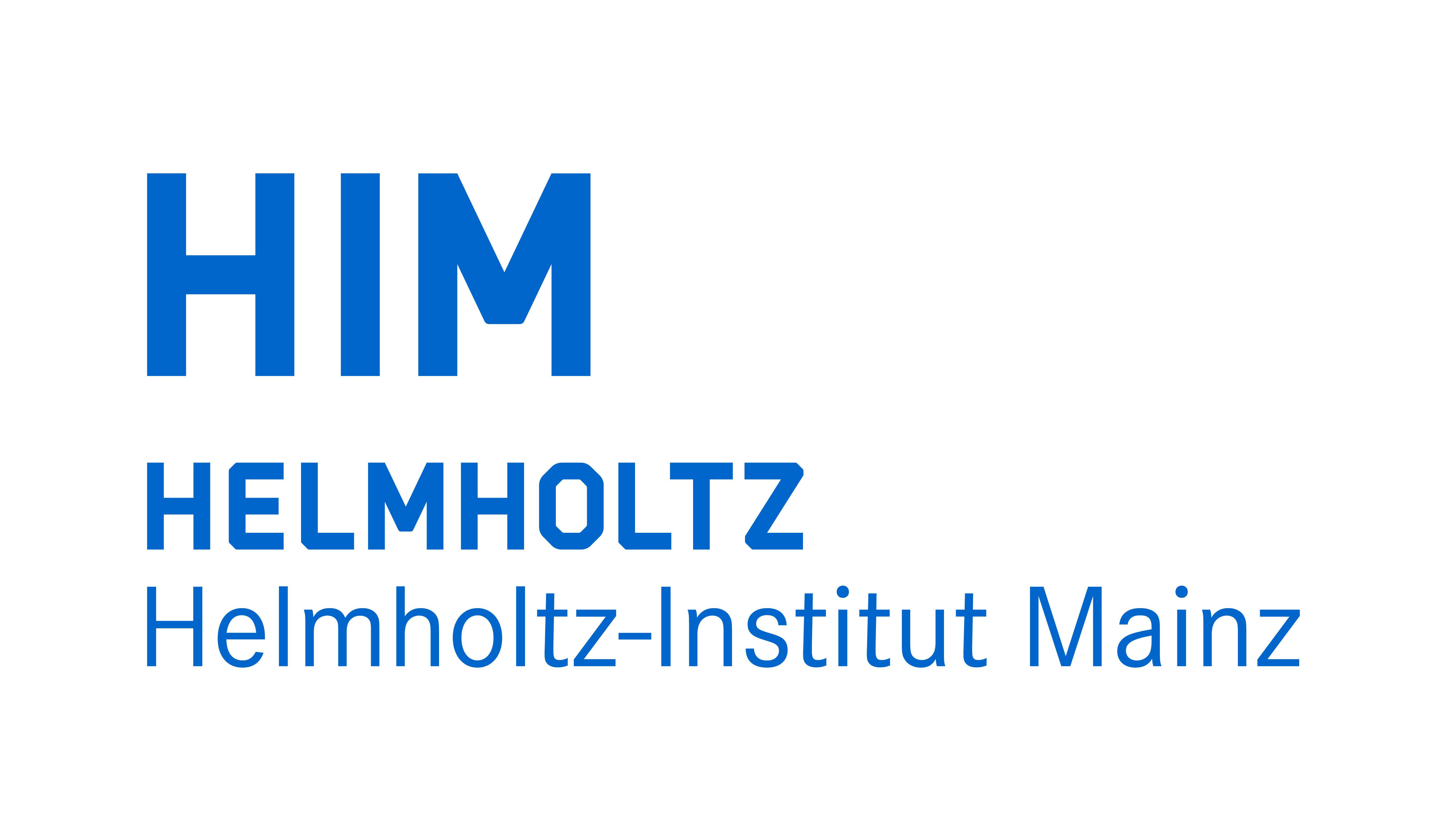


Physikalisches Kolloquium
June 6, 2017 at
4 p.m. c.t.
in
HS KPH
Prof. Dr. Friederike Schmid
Institut für Physik
friederike.schmid@uni-mainz.de
Prof. Dr. Hartmut Wittig
Institut für Kernphysik
hartmut.wittig@uni-mainz.de
The long way to steady state fusion plasmas – The superconducting stellarator device Wendelstein 7 – X
Prof. Dr. Thomas Klinger (Max-Planck-Institut für Plasmaphysik, Greifswald)
The stable generation of high temperature hydrogen isotope plasmas (ion and electron temperature in the range 10-20 keV) is the basis for the use of nuclear fusion to generate heat and electric power. The most promising path is to use strong, toroidal, twisted magnetic fields to confine the electrically charged plasma particles in order to avoid heat losses to the cold, solid wall elements. Two magnetic confinement concepts have been proven to be most suitable: the tokamak and the stellarator. The stellarator creates the magnetic field by strongly shaped external coils, the tokamak by combining the externally created field with the magnetic field generated via a strong current in the plasma. “Wendelstein 7-X” is the name of a large superconducting stellarator that recently went into operation after more than 15 years of tedious construction. With 30 m3 plasma volume, 2.5 T magnetic field on axis, and 10 MW micro wave heating power, hydrogen plasmas are generated that allow one to establish a scientific basis for the extrapolation to a future fusion power plant. It is a unique feature of Wendelstein 7-X to be able to operate high-power hydrogen plasmas under steady-state conditions, more specifically for 1800 s (note that the world standard is now in the ballpark of 10 s). The first plasmas of Wendelstein 7-X were created in early December 2015 and the following 10 weeks of operation were extremely successful: Electrons could be heated up to 10 keV and ions to 2 keV at already reasonable plasma densities 3-4∙1019m-3. The confinement times turned out to be competitive with the best devices in the world. During the past 14 months, Wendelstein 7-X has been extended and improved, notably the plasma-facing wall. 8500 graphite tiles and in total 10 so-called divertor modules were installed to withstand heat fluxes between 1-10 MW/m2. With these extensions the plasma can be heated with 8 MW of microwave power for up to 10 s, which will greatly extend the performance range of the device. We finish the talk with an outlook towards the fusion power station and address the most important remaining issues to be addressed in the framework of the world-wide fusion research endeavor.